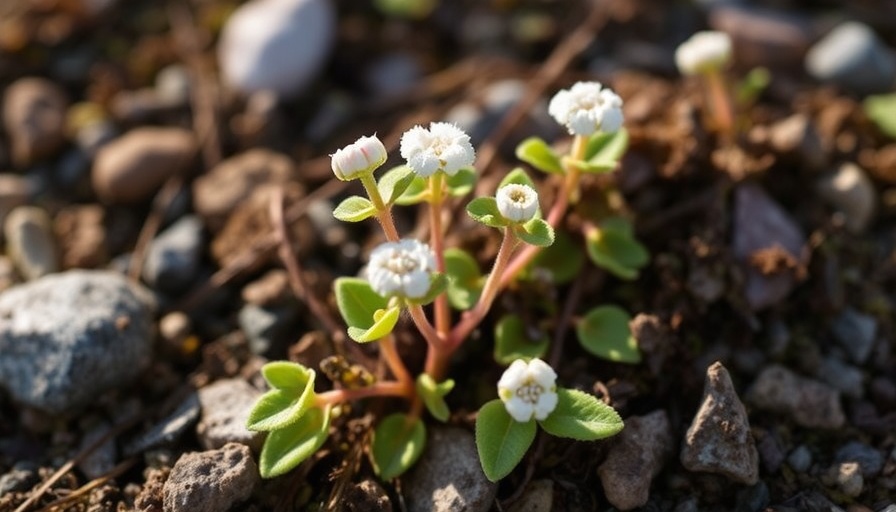
The Changing Face of the Arctic
The Arctic is an extraordinary landscape, home to some of the most resilient yet vulnerable ecosystems on our planet. Recent studies focusing on the plant life in this frigid region reveal not just a narrative of survival, but also an alarming shift that could pose a larger threat to biodiversity and human communities alike. With a warming tundra, researchers have observed unexpected changes in how these ecosystems are functioning, highlighting them as an ‘early warning sign’ for climate change impacts.
What the Research Reveals
Over a period spanning four decades, over 54 scientists studied more than 2,000 plant communities across 45 different sites from the Canadian high Arctic to Alaska and Scandinavia. What they found was both surprising and disconcerting; rather than clear patterns of winners and losers within the plant kingdom, the researchers documented a complex interplay of change that defied expectations. Some areas experienced a boom in shrubs and grasses, while flowering plants, essential to many animals, began to dwindle. Under the shadow of taller flora, these delicate species found it harder to grow, a troubling indication of how climate change can reshape habitats.
Unpacking Biodiversity in a Warming World
Lead author Mariana García Criado from the University of Edinburgh underlines that climate change in the Arctic is occurring at a rate nearly four times that of the global average. "We expected to see concrete trends," said García Criado, but the Arctic, with its unique and often unexpected environmental dynamics, is presenting more complexities than anticipated. Further south, researchers like Isla Myers-Smith have noted that as temperatures rise, the tundra is increasingly ‘greening,’ with shrubs like willow migrating northward and growing taller, effectively competing for resources and monopolizing space.
Implications for Indigenous Communities and Wildlife
While an increase in biodiversity may initially seem positive, eco-experts warn that the newfound growth evokes concerns about the stability of these fragile ecosystems. García Criado points out, "These ecosystems are so fragile, and any changes in species composition can drastically affect everything else. Changes start with plants, and if plants move, everything follows." This is particularly concerning for indigenous communities and wildlife that rely on specific plants, such as caribou that depend on lichen for sustenance, as changes in vegetation could lead to their decline.
Lessons for Property Buyers and Community Leaders
Homebuyers, sellers, and property investors in areas sensitive to environmental shifts should observe these indicators carefully. Understanding the effects of climate change on local ecosystems isn’t just an ecological concern; it has direct implications on property values and community resilience. Invested stakeholders in regions like Dumfries should consider how climate resilience can inform sustainable design choices in their homes.
The Role of Sustainable Practices
As knowledge spreads about the changes happening in our environment, so too does the opportunity for adopting sustainable practices that safeguard our remaining natural landscapes. Home environments built with eco-friendly materials not only contribute to a healthier planet but also reflect a growing consciousness among buyers and investors. The example from the Arctic can be a call to action: embrace sustainable design and innovation at home, and ensure that our habitats can remain resilient in the face of climatic upheaval.
Call to Action: Embrace Sustainability
The crucial lesson from the Arctic's shifting ecosystems is clear: taking action towards sustainable living and environmental stewardship is more important than ever. Whether you are purchasing a first home or seeking to invest in property, prioritize eco-friendly solutions that not only enhance aesthetics but also contribute to the health of our planet. Together, we can create spaces that are not only beautiful and functional but also supportive of our fragile ecosystems.
 Add Row
Add Row  Add
Add 





 Add Row
Add Row  Add
Add 








Write A Comment